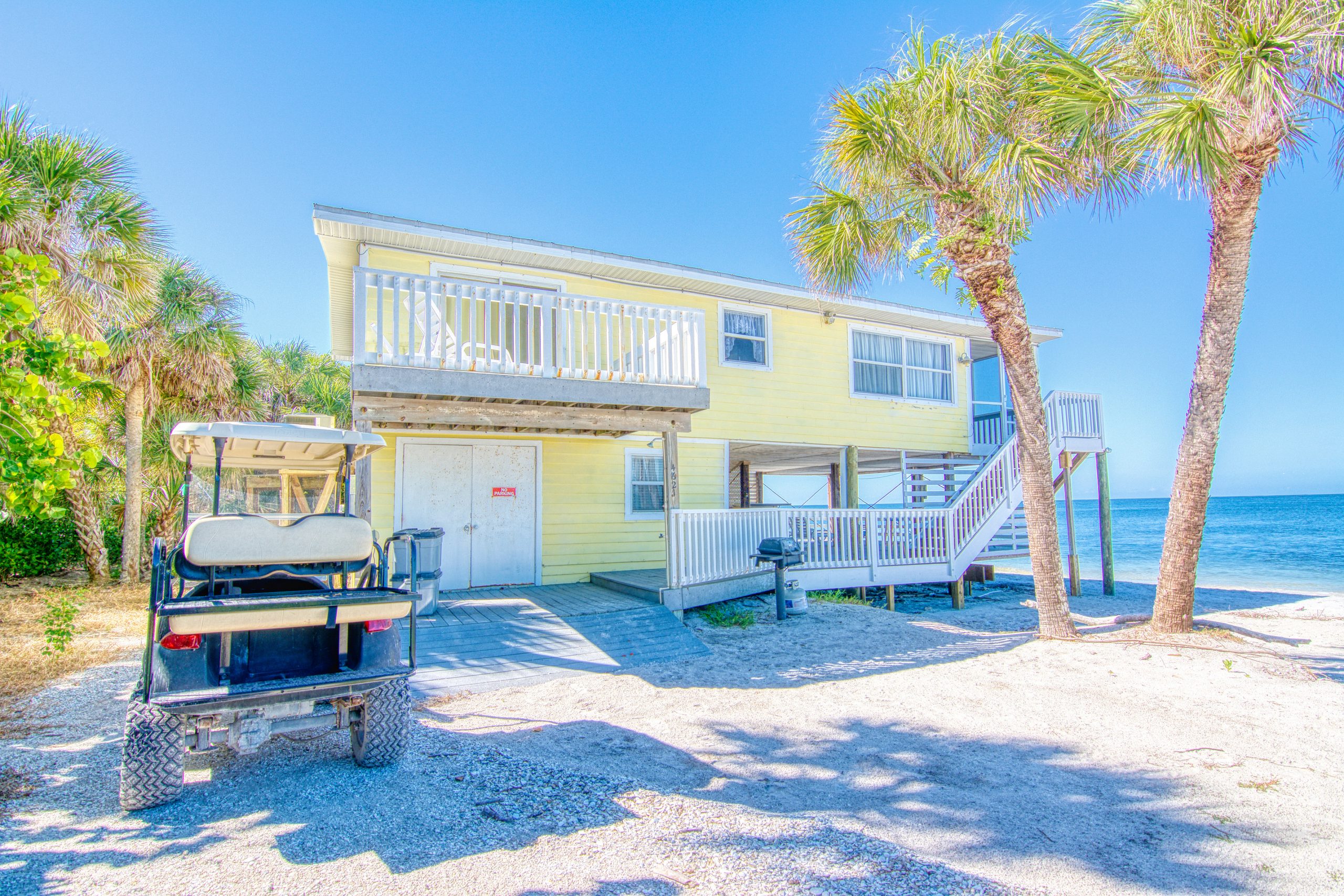We can all agree that every vacation rental is unique. In addition to the distinctive aura that distinguishes each one, they are also distinguished by the kind of holiday that attracts visitors to reserve them. More than just sporadic advertising is required to successfully market a property. To increase the effectiveness of your campaign, you must understand who to sell to as well as how and when to do it.
Have you ever considered writing to a more niche group of people? Most of the time, the kind of visitors you draw might be just as valuable as the number of bookings you get because they might come back to your resort in the future. Or they may be specifically seeking what you have to offer.
For instance, if your vacation rental caters to beach or mountain tourism, it’s helpful to identify the target market that is looking for your type of property and assist them in finding you. How, though, can you accomplish this? Continue reading for our easy-to-follow advice.
1. Identify your asset
Both a farm nor a cabin do not conjure up the same image in the minds of visitors as a castle or a castle does not resemble a cabin. Never be hesitant to be detailed when describing your property and inviting potential visitors to stay there.
Is your rental residence petite, unassuming, and built simply? This is a cabin. Is this enormous stone house anything out of a fairy tale? Consider it a castle. Have you got multiple properties with the same (or comparable) distribution? Apartments or units like this exist.
Keep in mind that depending on the guest’s origin, the meaning of these terms may change. For instance, “bungalow” refers to a low, one-story house in countries like the UK. However, the phrase can also refer to a sizable, separate house with more than one story in South East Asia, where it originally originated.
2. Take into account every aspect of your location.
It should not come as a surprise that you should consider your property’s location given the article’s title. You should consider the kinds of activities that visitors want to do in your area rather than just where it is, so you can promote those as well as your home.
Is your home near the ocean? In the town’s historic district on the coast? Around the mountains? Midway through a forest? You need to consider these queries in addition to how your visitors will pass their time. Whether it be playing golf on a course close to your apartment, hiking, bicycling in the mountains outside your front door or engaging in any other adventure sport with your family. To learn about the options in your area, you will need to conduct a thorough investigation.
3. Pick a theme.
It’s time to decide on a theme for your rural or seaside vacation rental now that you are aware of what the location offers and why your potential guests are seeking a vacation rental there.
These themes now cover everything from luxury holidays, pet-friendly getaways, and accessible travel to family vacations, couple’s retreats, and LGTBQI getaways, as the business has recently experienced such rapid growth. In addition, you can promote your home depending on specific activities that are taking place close by, including concerts, sporting events, or music or film festivals.
Various vacation rental themes are available, making it a fascinating endeavor to select those that best describe you and your property, especially because it will aid in the development of your future marketing plan!
4. Construct a marketing strategy for your target market.
You have to sell your property in a way that communicates to your specific target market that you have everything they need because it’s not the same challenge to address travelers who want to spend the day at the beach as those who enjoy adventure sports in the mountains. This extends to how you describe the kind of lifestyle visitors might anticipate having and how you write about your properties.
Construct a guest persona
When people decide to take a holiday, they typically have a very specific concept of what they want and will select a lodging option that fits that vision. As a vacation rental host, you may encounter many different types of visitors, but they can generally be divided into three categories.
Those visitors who want to save money: Don’t let this discourage you. You may attract these visitors without losing money and keep your house in good condition. How? By giving some groups discounts (particularly, those who may be interested in going on vacation in your area). This may enhance recommendations and, as a result, reservations.
Visitors interested in learning about and exploring your region: They will require a lot of recommendations for activities, events, restaurants, etc., so you will need to spend more time with them. They will seek out positive and direct contact with their host, and they will most likely provide you with a positive, thorough evaluation of their experience (which other guests can read!)
Practical visitors: In both rural and seaside tourism, travel times to nearby attractions from your vacation property can be a deal-breaker. Therefore, let them know if you are only ten minutes from the beach. Be sure to mention in your description if your rental is close to a busy commercial area that is home to bars and restaurants. You as the host are responsible for ensuring your visitors have all they need to enjoy their stay if your home is situated in a remote area of the mountains.
The second step can be taken once you have determined which of these three groups your ideal guest belongs to.
Considering your visitors’ requirements, preferences, and needs
If your vacation rental is near a beach, you could wish to use nautical themes and colors to decorate it to add a special touch to the shore. Another concept is to add a solarium and a BBQ area to the area that serves as the entrance. You should set up a place where visitors can desand before entering your property for their benefit as well as that of your cleaners. Consider yourself the guest and conduct a walk-around of your property to see what else it needs.
On the other hand, if you own a rural vacation property, you’ll probably attract visitors who are drawn to the idyllic natural surroundings and the regional cuisine. They’ll want to experience nature, so consider buying (for instance) a telescope to view the stars in a less polluted sky or a beautiful Wendy’s house for kids to play in. Additionally, they will seek out information on where to sample the greatest, most traditional cuisine prepared by long-established locals.
5. Advice on what to include in your vacation rental
Having facilities like a TV and board or card games is always helpful because vacationers will have a lot of idle time and many hours to fill. Depending on the kind of property you own, there are other more particular things we can suggest.
To rent a seaside house
- Given that the summer and other warm-weather seasons will be your busiest times, your visitors will desire air conditioning or, at the absolute least, fans.
- To prevent sand from beach days from ending up all over your furniture, designate a space for the sand clean-up before guests arrive at the house.
- You’ll score bonus points if you also provide disposable flip-flops and beach/pool towels (in case a guest forgets their own! ).
- The provision of reading material for those leisurely times in the sun is a much-appreciated touch, so maintain a current stock of periodicals and a selection of novels close at hand.
- Provide your visitors with some strong, reusable plastic bags so they can bring their wet swimwear from the beach back home.
- When visitors return from the beach thirsty, leave a few large bottles of water in the refrigerator!
Vacation homes in the country
- It’s a good idea to supply your guests with umbrellas and perhaps a few raincoats so that inclement weather won’t ruin their trip, as rural tourism is typically more popular in the shoulder season or cooler months.
- Matches and lantern extras are always a good idea.
- It’s always nice to have an excess supply of blankets for extra warmth and coziness, but make sure they are clean and smell fresh.
- Make sure to have the usual items visitors frequently forget in your house. This is particularly helpful if you’re far from a major city and certain items, including adapters, chargers, coffee capsules, and a choice of teas, will be challenging for visitors to locate.
- Being in a remote or mountainous area, providing your guests with options and suggestions for the various recreational activities close by is crucial. Gather some brochures about local attractions and arrange them somewhere that is easy to find in your vacation home.
You will draw visitors since your vacation rental is distinctive in numerous ways. You can do many things to ensure your home is suitable for visiting guests, whether you live in a bustling coastal community or a peaceful rural setting.









